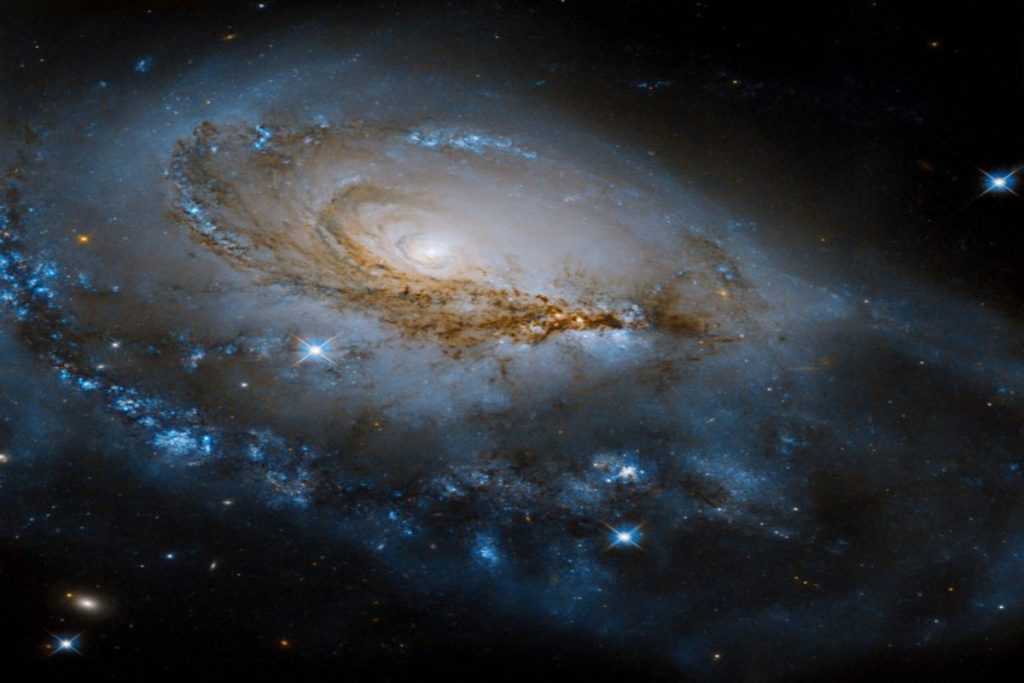New Delhi: Recently NASA shared a spectacular image of the spiral galaxy NGC 1961 captured by the Hubble Space Telescope. The image showed a dusty spiral surrounded by a blue background and bright and young stars. Sharing the picture through the official Twitter handle of Hubble, NASA wrote, “Take in the new view!”
Take in the new view! ?
This just-released Hubble image of NGC 1961 shows a shining galaxy that resides about 180 million light-years away, in the constellation Camelopardalis.
Read more: https://t.co/7I43uVJS23 pic.twitter.com/a0ZXWv7xDr
— Hubble (@NASAHubble) September 14, 2022
Sharing the tweet, the space organisation also told that the NGC 1961 galaxy is located about 180 million light-years away in the constellation Camelopardalis. The galaxy is an intermediate spiral and an active galactic nuclei (AGN) type. AGN galaxies have very bright centres and tend to far outshine the rest of the galaxy at certain wavelengths of light. These galaxies likely have supermassive black holes at their cores churning out bright jets and winds that shape their evolution. NGC 1961 also emits low-energy-charged particles.
The galaxy is an intermediate spiral, hence, it is in between ‘barred’ and ‘unbarred’ spiral galaxies, this means that they do not have a well-defined bar of stars at their centres. The data used to create this image came from previously unobserved Arp galaxies and the progenitors and explosions of a variety of supernovae.
The image is credited to NASA, ESA, J. Dalcanton from the University of Washington and R. Foley from the University of California – Santa Cruz. Meanwhile, the image processing was done by G. Kober of NASA Goddard and the Catholic University of America.
Earlier this month, James Webb Telescope shared an image of the ‘Phantom Galaxy’ called M74. The lack of gas at the centre of M74 gave a clear view of the nuclear star cluster.

